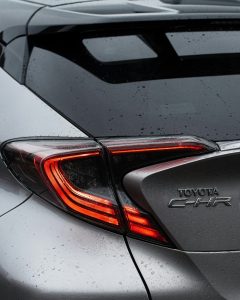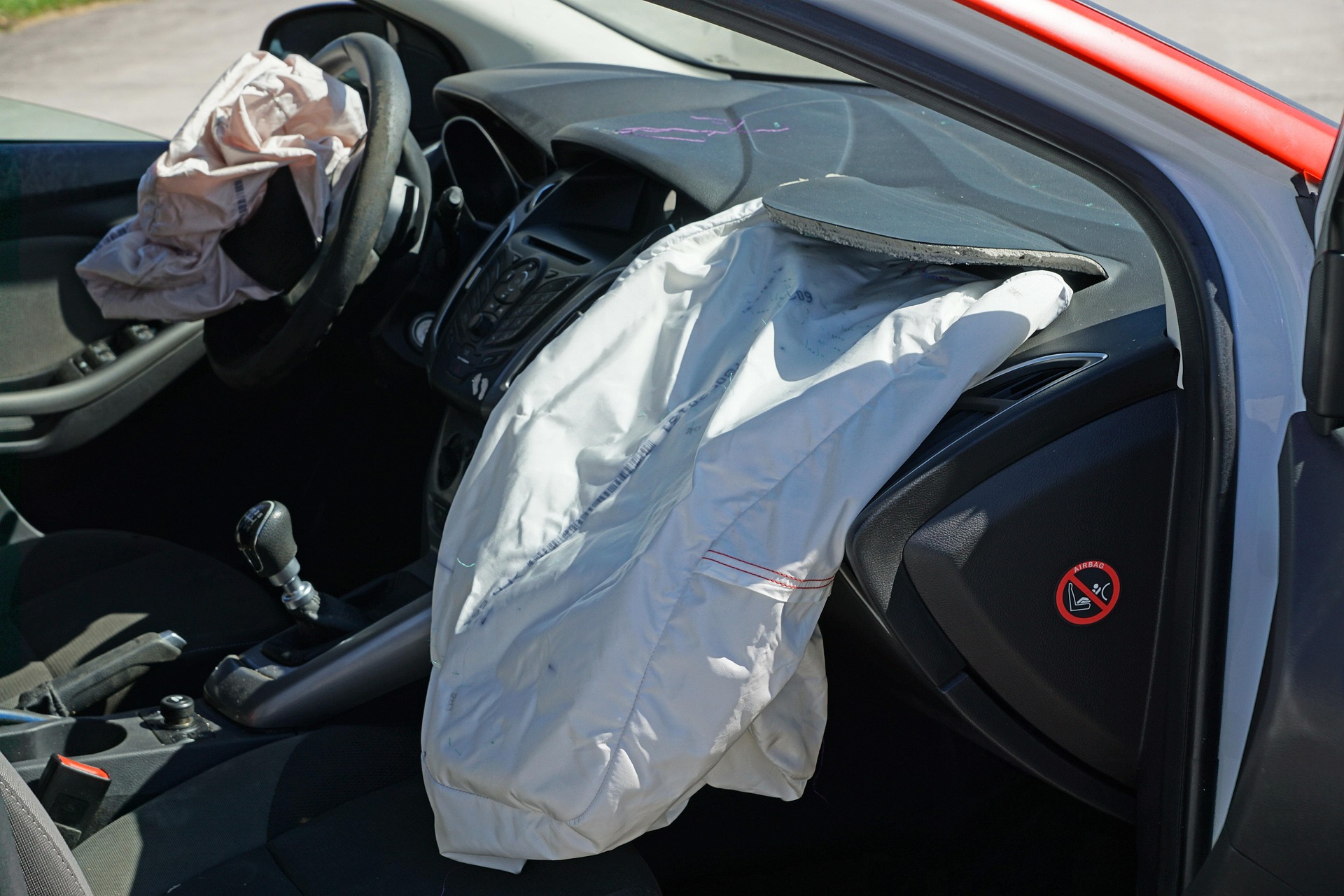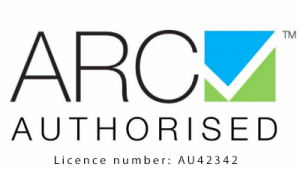An Introduction to Hybrid Vehicles
As hybrid vehicles grow in popularity, many drivers are looking for efficient ways to reduce emissions without fully transitioning to electric cars. Hybrid vehicles combine internal combustion engines with electric motors to deliver greater fuel economy, fewer emissions, and a smoother driving experience. This guide introduces hybrid vehicle basics, including how they work—especially through Toyota’s Hybrid System.
What Is a Hybrid Vehicle?
A hybrid vehicle uses both a petrol-powered internal combustion engine (ICE) and an electric motor powered by a rechargeable battery. Depending on the type, the system can alternate between the two power sources or use them simultaneously to improve performance and efficiency.
Types of Hybrid Vehicles
Mild Hybrids
These assist the ICE during acceleration but cannot power the vehicle independently. They recharge using regenerative braking and do not require plug-in charging.

Full Hybrids
Also known as parallel hybrids, these can operate on electric power alone or combine both systems as needed. They switch between petrol and electric power based on driving conditions and also recharge through regenerative braking.
Plug-in Hybrids (PHEVs)
These have larger batteries for longer electric-only range and can be charged via external power sources. Once the battery depletes, the ICE takes over, making them flexible for both short and long trips.
How Do Hybrid Vehicles Work?
Hybrid vehicles are designed to balance electric and petrol power depending on speed, load, and driving style. Toyota’s Hybrid System is a standout example of efficiency and innovation in this space.
Toyota Hybrid System Overview
Toyota pioneered the mainstream hybrid market with the launch of the Prius. Their Hybrid Synergy Drive integrates an ICE with an electric motor, battery, and a power-split device to intelligently manage power flow and improve performance.
Key Components
-
Internal Combustion Engine (ICE): Works independently or with the electric motor.
-
Electric Motor: Provides silent operation and assist during acceleration.
-
Hybrid Battery: Stores energy recovered during braking.
-
Power Split Device: A planetary gear system that manages energy flow between the motor, engine, and wheels.
-
Hybrid Synergy Drive (HSD): Optimises efficiency by balancing electric and petrol power seamlessly.
How the Toyota Hybrid System Operates
Low-Speed Driving
At lower speeds, Toyota hybrids often use the electric motor alone, conserving fuel and reducing emissions.
Acceleration & High-Speed
Both power sources work together to deliver responsive acceleration.
Cruising
The system evaluates which source is more efficient—often using the petrol engine while supplementing with electric power as needed.
Regenerative Braking
Braking energy is recaptured and converted into electricity, helping to recharge the battery without plugging in.
Stop-and-Go Traffic
At a stop, the petrol engine shuts off while the electric motor powers essential systems, enhancing fuel savings.
Toyota Hybrid System’s Impact on Driving
Toyota hybrids deliver a smooth and quiet driving experience, especially in city conditions where the electric motor is primarily in use. Their ability to reduce emissions and fuel consumption without sacrificing range or performance makes them an ideal choice for environmentally conscious drivers.
Final thoughts
Hybrid vehicles offer a practical and sustainable alternative to traditional petrol cars. By understanding how hybrid vehicles work—especially systems like Toyota’s—you can make informed decisions about your next vehicle. Whether you’re aiming to cut emissions, save fuel, or simply explore new technology, hybrids offer a compelling middle ground between conventional and fully electric vehicles. Contact The Torque Team now.








